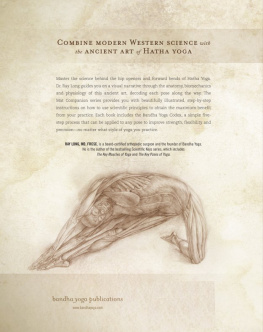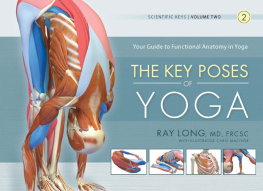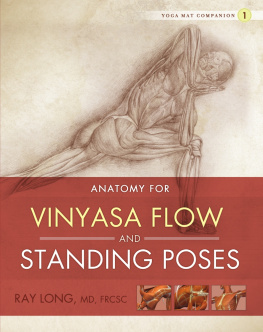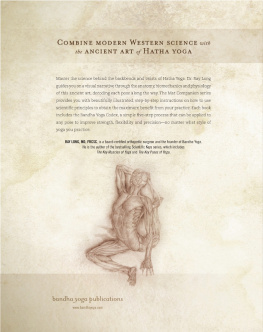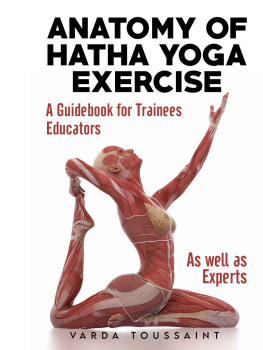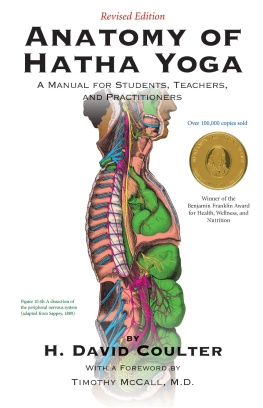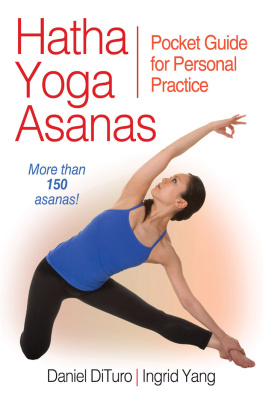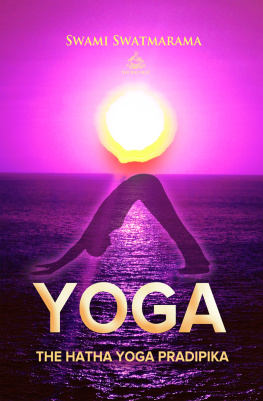Ray Long - Scientific Keys Volume 1 The Key Muscles of Hatha Yoga
Here you can read online Ray Long - Scientific Keys Volume 1 The Key Muscles of Hatha Yoga full text of the book (entire story) in english for free. Download pdf and epub, get meaning, cover and reviews about this ebook. year: 2009, publisher: Bandha Yoga Publications, genre: Romance novel. Description of the work, (preface) as well as reviews are available. Best literature library LitArk.com created for fans of good reading and offers a wide selection of genres:
Romance novel
Science fiction
Adventure
Detective
Science
History
Home and family
Prose
Art
Politics
Computer
Non-fiction
Religion
Business
Children
Humor
Choose a favorite category and find really read worthwhile books. Enjoy immersion in the world of imagination, feel the emotions of the characters or learn something new for yourself, make an fascinating discovery.

- Book:Scientific Keys Volume 1 The Key Muscles of Hatha Yoga
- Author:
- Publisher:Bandha Yoga Publications
- Genre:
- Year:2009
- Rating:3 / 5
- Favourites:Add to favourites
- Your mark:
- 60
- 1
- 2
- 3
- 4
- 5
Scientific Keys Volume 1 The Key Muscles of Hatha Yoga: summary, description and annotation
We offer to read an annotation, description, summary or preface (depends on what the author of the book "Scientific Keys Volume 1 The Key Muscles of Hatha Yoga" wrote himself). If you haven't found the necessary information about the book — write in the comments, we will try to find it.
Scientific Keys Volume 1 The Key Muscles of Hatha Yoga — read online for free the complete book (whole text) full work
Below is the text of the book, divided by pages. System saving the place of the last page read, allows you to conveniently read the book "Scientific Keys Volume 1 The Key Muscles of Hatha Yoga" online for free, without having to search again every time where you left off. Put a bookmark, and you can go to the page where you finished reading at any time.
Font size:
Interval:
Bookmark:
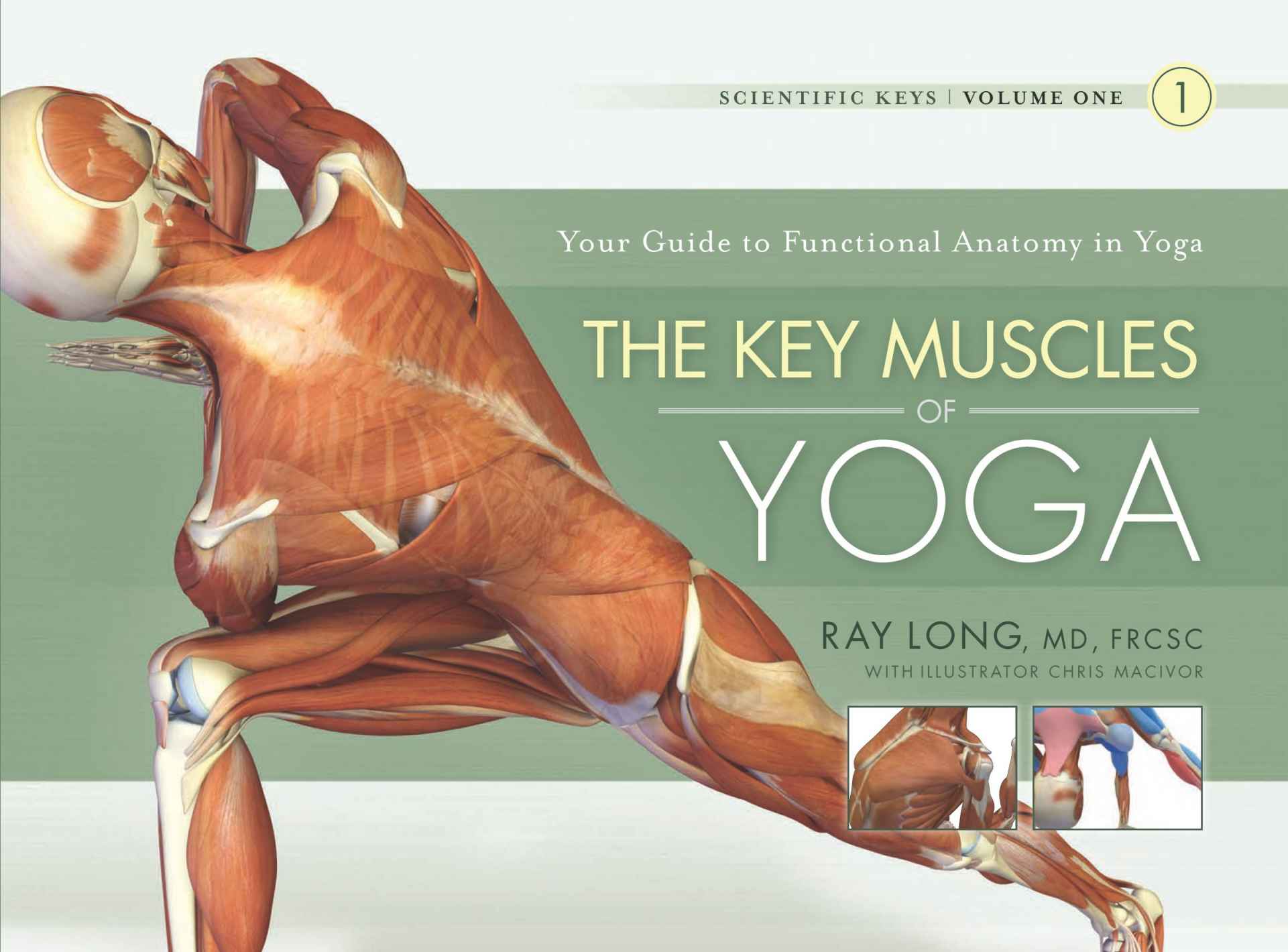

Patanjali, the patron saint of Yoga, said that mastery combines a balance of science and art. Knowledge of science is like the colors on an artists palette the greater the knowledge, the more colors available. The body is the canvas and the Asanas are the art we create.
Scientific Keys
Volume I
First Edition: Copyright 2005, Raymond A. Long MD, FRCSC
Second Edition: Copyright 2006, Raymond A. Long MD, FRCSC
Third Edition: Copyright 2006, Raymond A. Long MD, FRCSC
Bandha Yoga Publications LLC
All rights reserved
No part of this book may be reproduced, copied, or transmitted in any form without the express written permission of the publisher.
Visual and textual content conceived and produced by Raymond A. Long MD, FRCSC
ISBN 13: 978-1-60743-238-8
Attention: Dislclaimer
Always, in your particular case, consult your health care provider and obtain full medical clearance before practicing yoga or any other exercise program. The information provided in this book, related blog, website, and other material (information) is strictly for reference purpose only. This information is not a substitute for medical advice and is not to be used in any manner for the diagnosis and/or treatment of any medical or surgical condition. If you suspect you have a medical problem, consult your physician. The information provided herein is also not to be used in any manner as a substitute for the direct guidance of a qualified yoga instructor. Always practice yoga and other exercise programs under the direct supervision and guidance of a qualified instructor. Practicing under the direct supervision and guidance of a qualified instructor can, but is not guaranteed to, help avoid injuries. Not all yoga or other exercise practices are appropriate or suited for every person. Practice yoga and other exercise programs at your own risk. The publisher, author, editor, illustrator, and distributor collectively and severally disclaim any liabilities and assume no responsibility for injuries or any other loss that may result from practicing yoga or any other exercise program. The publisher, author, editor, illustrator, and distributor collectively and severally disclaim any liabilities of loss or injury in connection with any information provided in this book, related blog, website, and/or other material. The publisher, author, editor, illustrator, and distributor all make no representations or warranties with regards to the completeness or accuracy of this book, related website, any linked websites, DVDs, or other products represented herein.
Design: Ingrid Patricia Sanchez
Proofreader: Eryn Kirkwood, MA
www. BandhaYoga .com
Printed in China
11 12 13 14 15 10 9 8 7 6 5 4

Ray Long MD, FRCSC, is a board certified orthopedic surgeon and the founder of Bandha Yoga. Ray graduated from The University of Michigan Medical School with post-graduate training at Cornell University, McGill University, The University of Montreal, and Florida Orthopedic Institute. He has studied Hatha Yoga for over 20 years, training extensively with B.K.S. Iyengar and other of the worlds leading Yoga masters.
Chris Macivor is a digital illustrator and the visual director of Bandha Yoga. Chris is a graduate of Etobicoke School of The Arts, Sheridan College, and Seneca College. His work has spanned many genres, from TV and film to videogames and underwater videography.
The images in this book are the keys. We present each muscle in the context of its function as an agonist, antagonist, or synergist. Note the interrelated views of the muscle in each of its various representations.

Relax and study one muscle at a time. Actively apply what you have learned by visualizing the muscles as you perform the Asanas. Consciously contract and relax the muscles, as detailed in the images. This will consolidate your knowledge. Review each studied muscle, first at 24 hours and then again at 1 week. In this way, you will master the muscles and integrate them into your Yoga practice.
H uman anatomy and physiology is a vast subject, as is the art of Hatha Yoga. Nevertheless, combining knowledge from both fields is extremely beneficial to the Yoga practitioner. Athletes can improve their performance and experience fewer injuries through a basic understanding of their musculoskeletal system. Similarly, Yoga practitioners can benefit from the application of Western science to their practice development.

It is not necessary to memorize hundreds of muscles and bones to experience the benefits of applying science to Yoga. What is necessary is the functional understanding of a manageable number of key anatomic structures, in their settings, as they relate to Hatha Yoga. Knowledge of these structures can be applied immediately to optimize your practice, break through blockages, and avoid injuries.
This first volume presents key muscles in the context of Hatha Yoga. For practitioners unfamiliar with the Western scientific terminology of the body, the following section, Fundamentals, is recommended.
The following terms are used to describe where structures lie in relation to certain landmarks on the body.
Medial: | Lateral: |
Proximal: | Distal: |
Superior: | Inferior: |
Anterior: | Posterior: |
Ventral: | Dorsal: |
Superficial: | Deep: |
These images demonstrate the terminology for identifying body locations in Yoga postures. Note that some of the terms are interchangeable. For example, an anterior structure (such as the chest) in Utkatasana is also ventral.
1) The sternum is medial to the shoulder.
2) The shoulder is lateral to the sternum.
3) The shoulder is proximal.
Font size:
Interval:
Bookmark:
Similar books «Scientific Keys Volume 1 The Key Muscles of Hatha Yoga»
Look at similar books to Scientific Keys Volume 1 The Key Muscles of Hatha Yoga. We have selected literature similar in name and meaning in the hope of providing readers with more options to find new, interesting, not yet read works.
Discussion, reviews of the book Scientific Keys Volume 1 The Key Muscles of Hatha Yoga and just readers' own opinions. Leave your comments, write what you think about the work, its meaning or the main characters. Specify what exactly you liked and what you didn't like, and why you think so.

